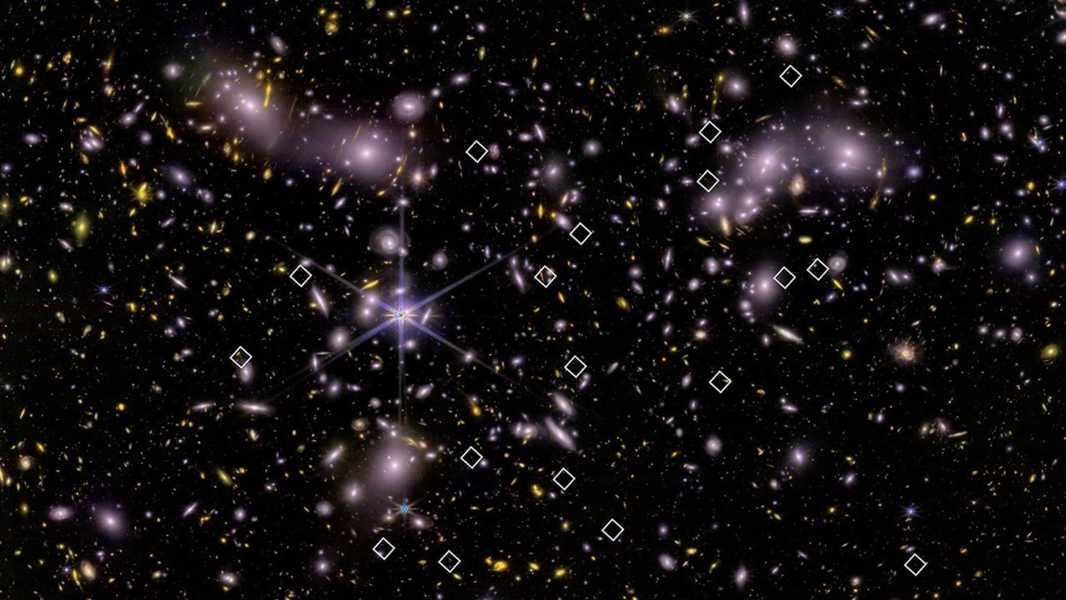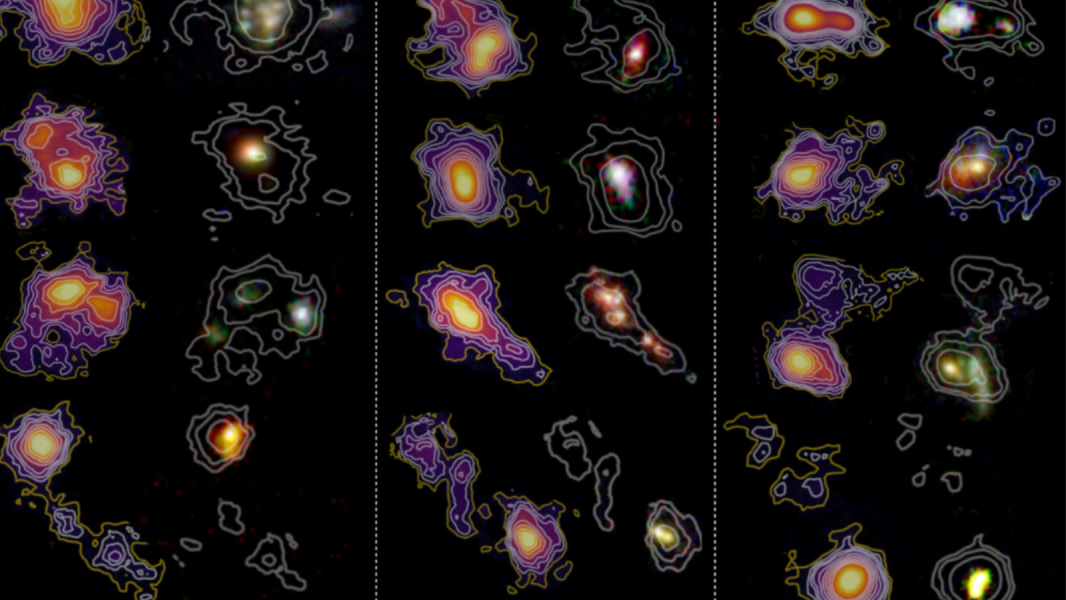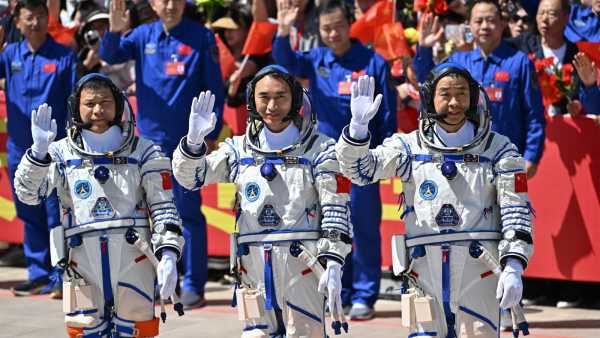
A simulation of early star formation shows a 3D visualization of gas clouds as yellow and red patches, including one that stands out as being ready to collapse into a giant star eight times the mass of our Sun. (Image credit: ASIAA/Meng-Yuan Ho & Pei-Cheng Tung)
New research suggests that the first stars in the universe may have been much smaller than previously thought, possibly explaining the difficulty in detecting them.
According to the latest research, early stars had a complicated history. These stars were born in a brutal environment: inside a huge gas cloud filled with supersonic turbulence, which was five times the speed of sound (measured in the Earth's atmosphere).
The simulations behind the new study also showed the gases forming clumps and bumps that appeared to herald the birth of new stars. The cloud disintegrated, creating fragments that appeared poised to form clusters of stars. One of the gas clouds eventually reached conditions suitable for forming a star eight times the mass of our sun — far smaller than the 100-solar-mass giants that researchers had previously imagined in our early universe.
You may like
-

James Webb Telescope Discovers Tiny Galaxies That Could Have Changed the Universe
-

“Time Machine” reveals hidden
Sourse: www.livescience.com





